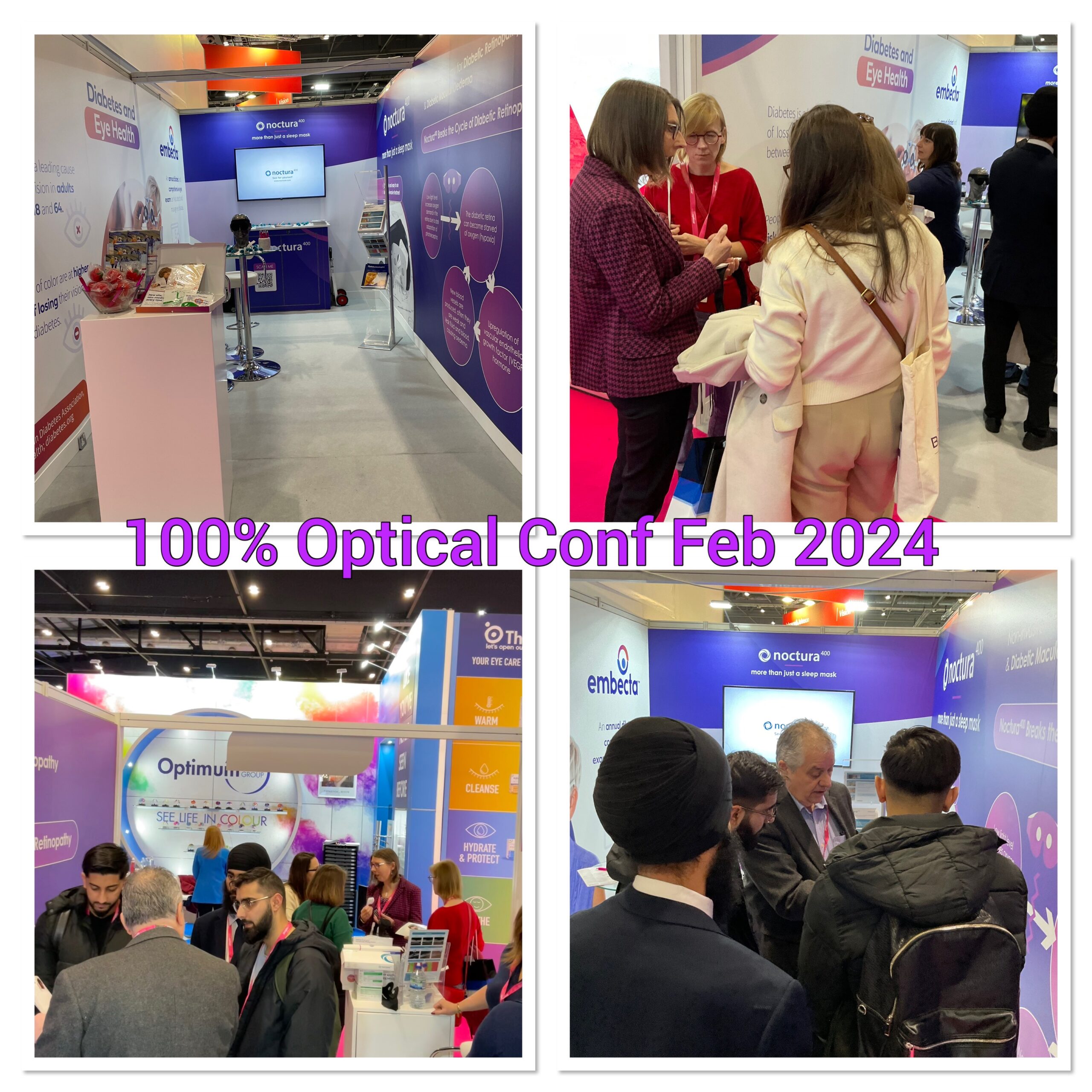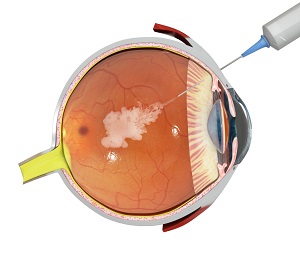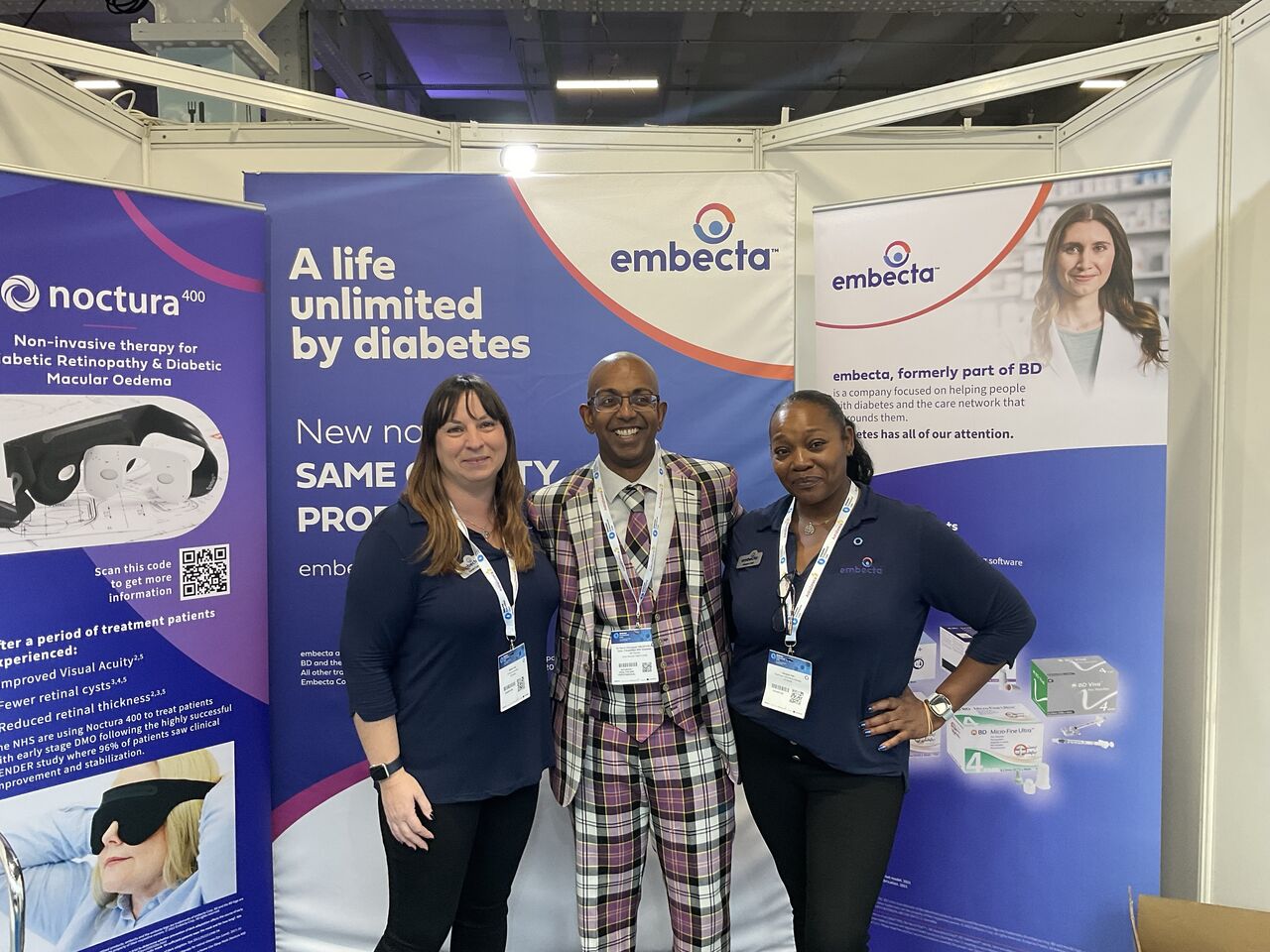
Use discount code WELCOME30 for £30 off your first Buy Now order - UK only

If you’re suffering from diabetic eye diseases such as Diabetic Maculopathy, Diabetic Retinopathy or Diabetic Macular Oedema, it’s likely you’ve heard of a intravitreal injection treatment. The term may sound intimidating. After all, it denotes ‘a needle in the eye’. In this blog post, we will shed light on what intravitreal injections are like.
Intravitreal injections are a common procedure for treating several eye conditions. They involve the introduction of medication directly into the vitreous humor – the jelly-like substance within your eye. Delivering drugs this way provides more potent and direct access to the retina than oral or intravenous medications. Braced for impact? The procedure is carried out delicately, using a tiny needle, under local anaesthetic.
Before the injection, your ophthalmologist will thoroughly clean your eye to avoid any possible infections. The process of actually injecting the eye only takes around 5-10 minutes but it’s done under sterile conditions to minimise complications. Local anaesthesia is administered to numb the eye completely before the procedure, hence the actual treatment should be painless. It’s normal to feel some discomfort or pressure during the injection, but the procedure is generally well tolerated by patients.
Once the procedure is complete, your physician will likely prescribe antibiotic eye drops to prevent infection, and you might experience some minor irritation, redness, or a gritty feeling in the eye for a few days. You might see floating spots for a day or two after the procedure; this is caused by the medication and should resolve over time. Although they are generally deemed safe, intravitreal injections aren’t without possible serious complications, such as infection, cataract formation and elevated intraocular pressure. Therefore, regular follow-ups with your healthcare provider are essential to track progress and manage any potential side-effects.
Whilst intravitreal injections have yielded good outcomes in treating eye conditions linked to diabetes, the frequency of the treatments and related discomfort can indeed impact a patient’s quality of life. That’s where Noctura 400 comes in. Noctura 400, a non-invasive, effective treatment alternative for diabetic eye disease, offers a scientifically proven, patient-friendly approach. It’s a low-level light sleep mask used to reduce the retina’s oxygen demand during sleep and prevent hypoxia – the condition responsible for diabetic eye diseases. With Noctura 400, patients can avoid progressing to the point of needing those distressing and frequent eye injections and the risk of sight-threatening complications associated with untreated eye diseases.
In conclusion, intravitreal injections are a commonly-used and effective treatment for diabetic eye disease. Nonetheless, the idea of a needle in the eye and frequent visits to the clinic may be overwhelming for some. Innovations such as Noctura 400 make it possible for patients to combat diabetic eye disease effectively another way. Non-invasive, comfortable, and user-friendly, Noctura promises to keep your eyes healthy while you enjoy a good night’s sleep.
Remember, always discuss your options with your healthcare provider to choose the best path for your health. It’s your eyes, your health, and your choice!


